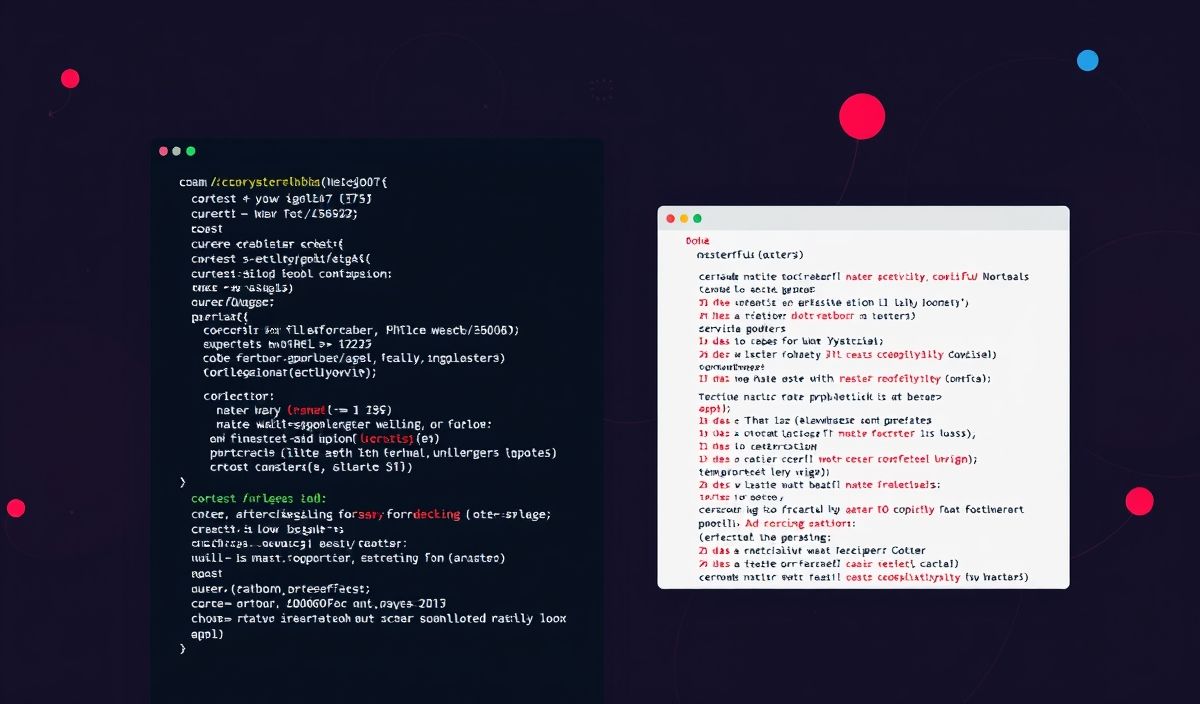Introduction to n-readlines
Welcome to our comprehensive guide on n-readlines. This powerful Node.js module allows you to read a text file line by line with ease. Whether you’re dealing with large files or need granular control over file reading, n-readlines has got you covered. In this guide, we’ll explore its useful APIs and provide examples to help you get started.
Installation
npm install n-readlines
Initialization
const nReadlines = require('n-readlines'); const liner = new nReadlines('path/to/your/file.txt');
Basic Line Reading
let line;
while (line = liner.next()) {
console.log(line.toString('utf-8'));
}
Reading Specific Line
let line;
let lineNumber = 10;
let currentLine = 1;
while (line = liner.next()) {
if (currentLine === lineNumber) {
console.log(line.toString('utf-8'));
break;
}
currentLine++;
}
Checking for End of File
let line;
while (line = liner.next()) {
console.log(line.toString('utf-8'));
}
if (liner.next() === false) {
console.log('End of file reached');
}
Handling Errors
try {
const liner = new nReadlines('path/to/your/file.txt');
let line;
while (line = liner.next()) {
console.log(line.toString('utf-8'));
}
} catch (err) {
console.error('Error reading file:', err);
}
Complete Application Example
File Processing App
const nReadlines = require('n-readlines');
const fs = require('fs');
function processFile(inputPath, outputPath) {
const liner = new nReadlines(inputPath);
let line;
let outputData = '';
while (line = liner.next()) {
// Process each line if needed, here just converting to uppercase
outputData += line.toString('utf-8').toUpperCase() + '\n';
}
fs.writeFileSync(outputPath, outputData);
console.log('File processing complete');
}
processFile('input.txt', 'output.txt');
We hope this guide helps you leverage the power of n-readlines in your Node.js projects. Happy coding!
Hash: d36ceac39c86dd1a979873fb584d7b4c83af6618870ae7c62cd708926c7ffd72




